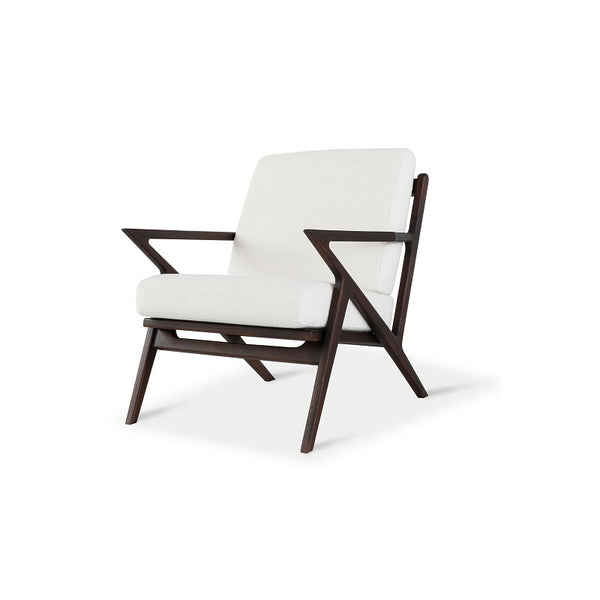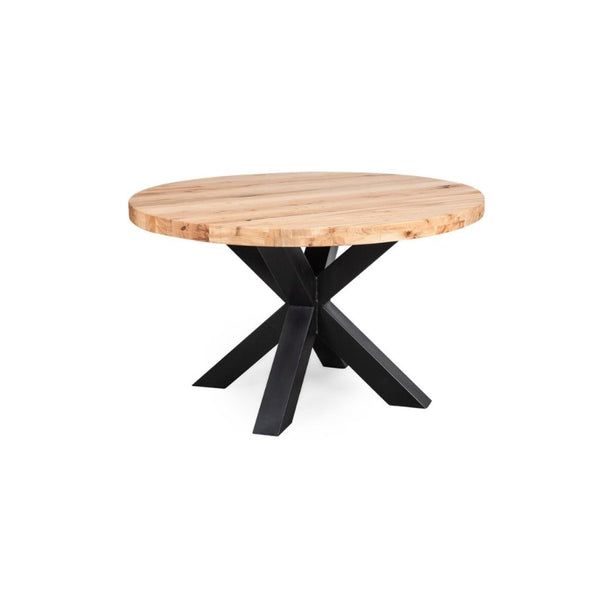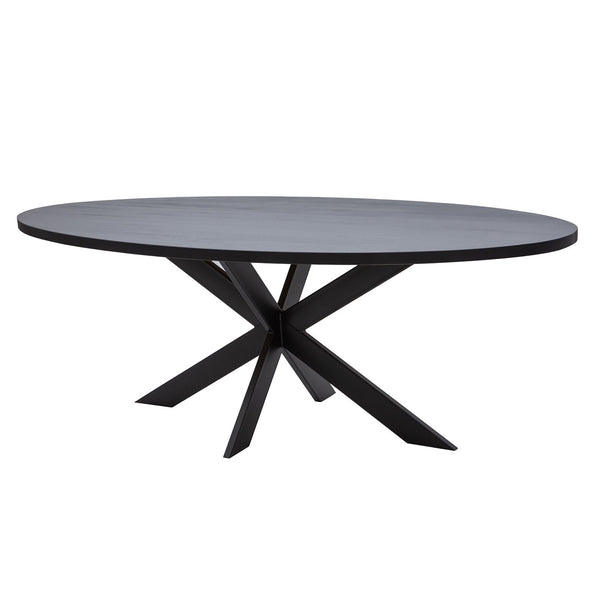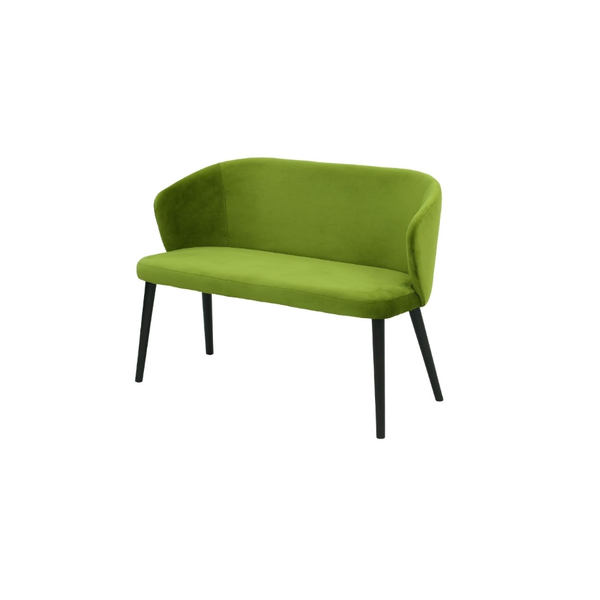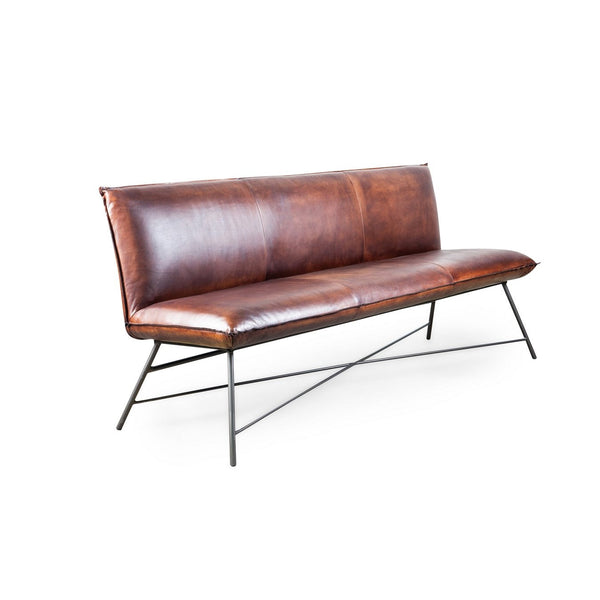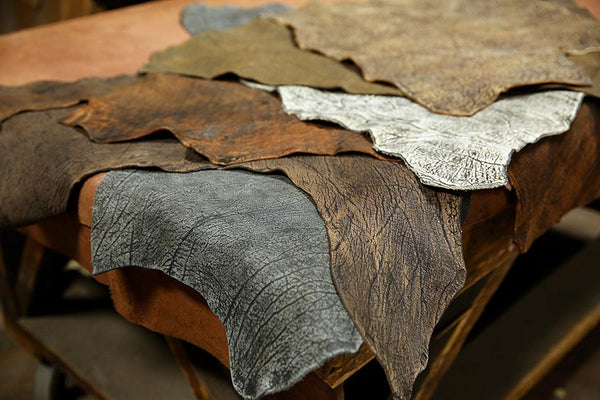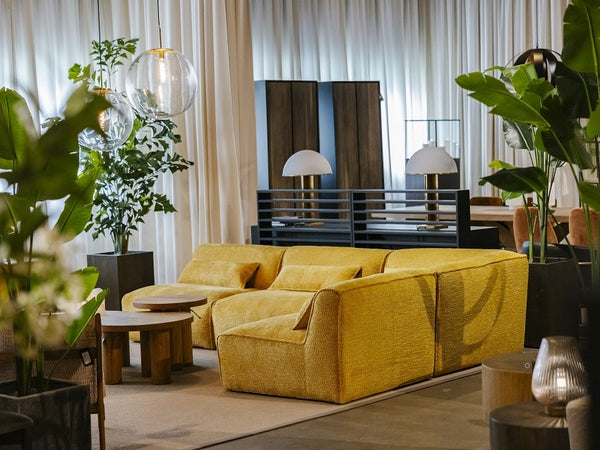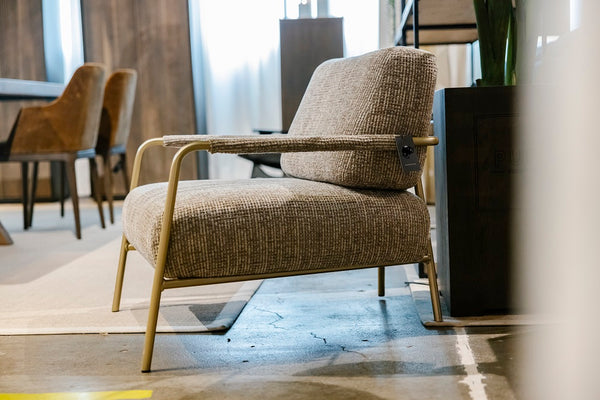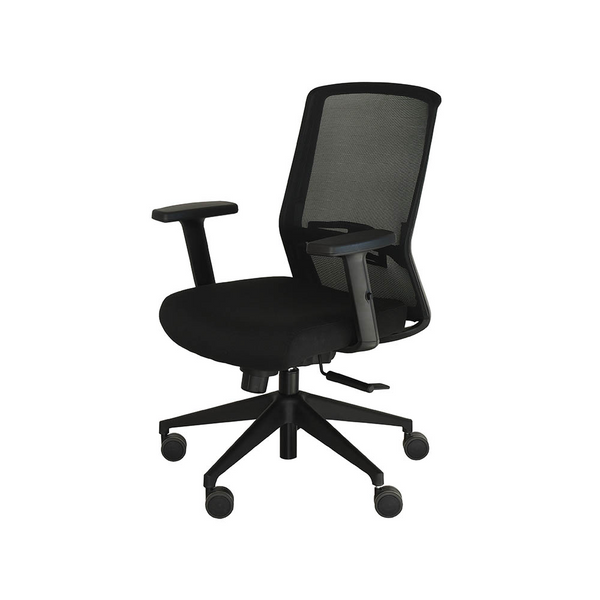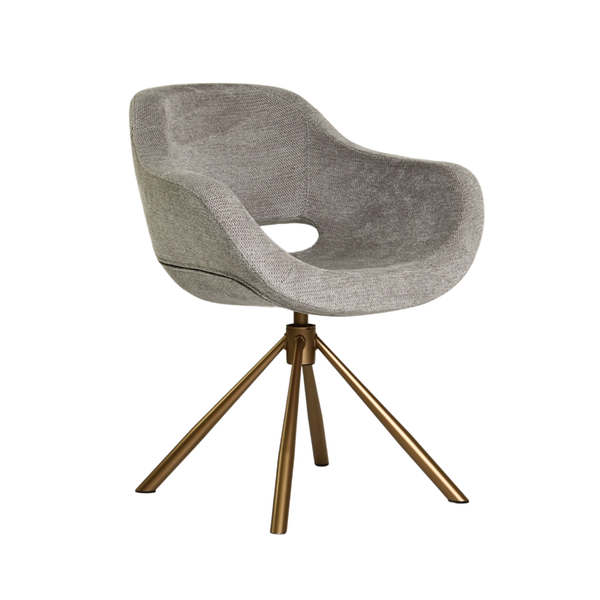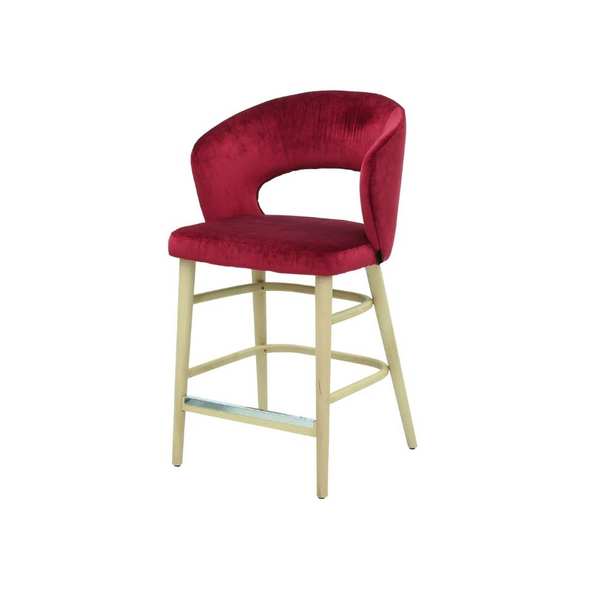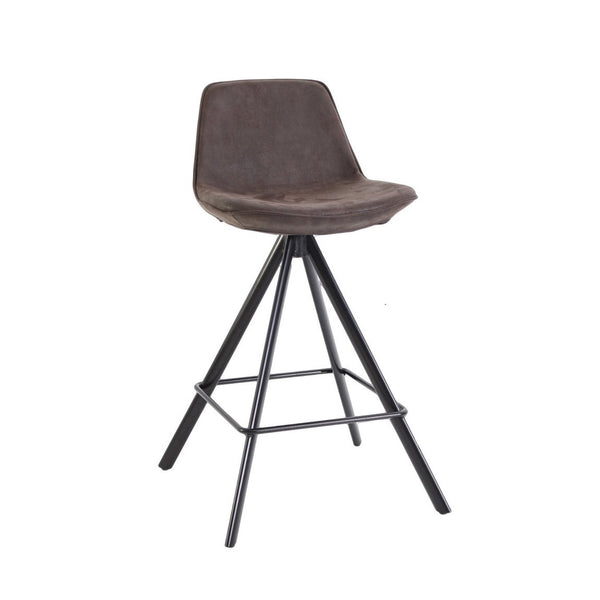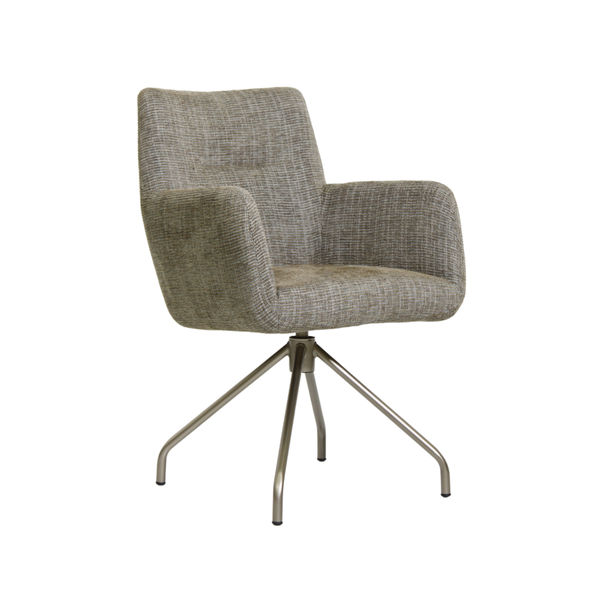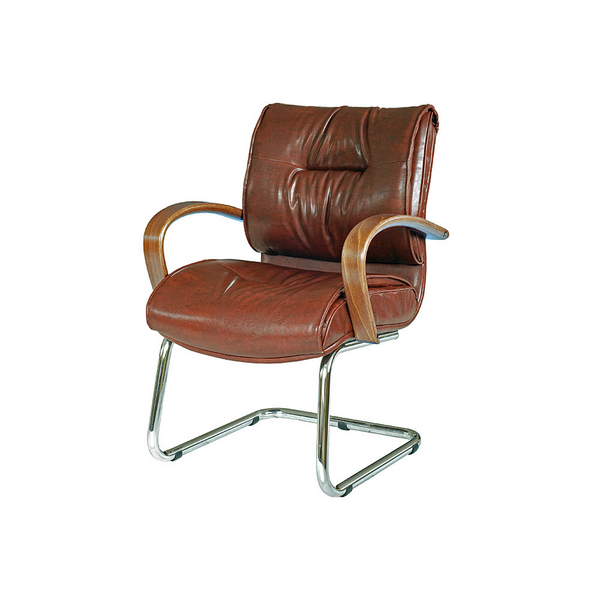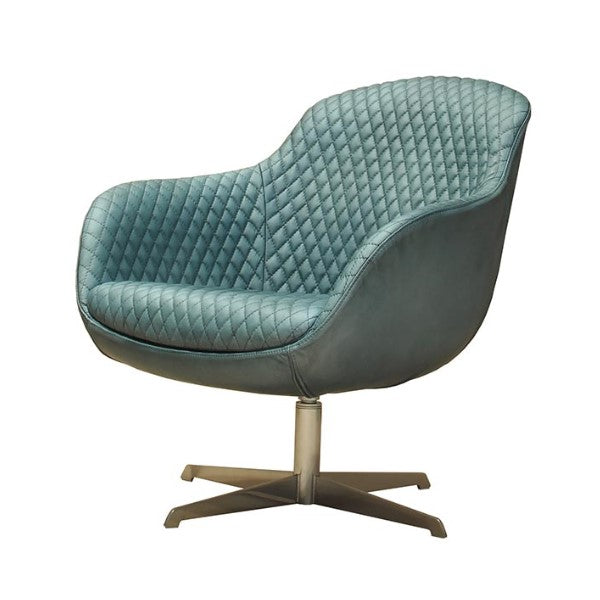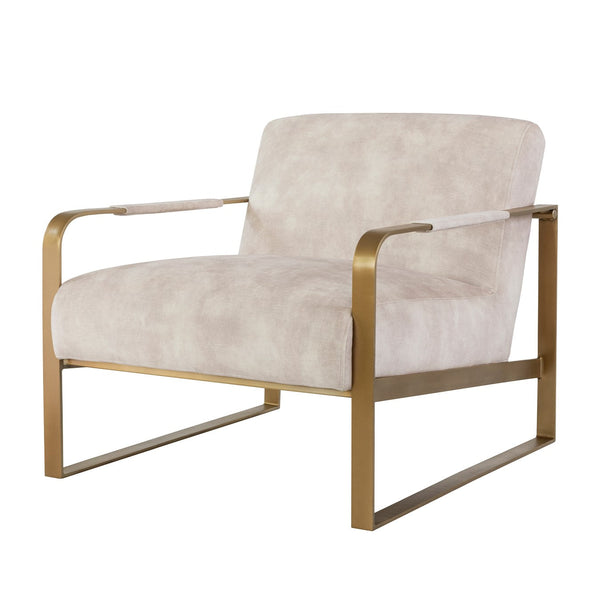Production of leather
Leather production was invented long before the turn of the century. Today, leather is one of the highest quality and most sought-after materials in the world. This will continue well into the future.
The production of leather is considered one of humanity's oldest crafts. Archaeological finds prove that animal skin was processed in various places around the world 100,000 years ago.
In Europe, the technology of leather production also began to improve in the Middle Ages. This job was considered one of the hardest of the time. Leather is animal skin that has been chemically preserved through tanning and largely retains its natural fiber structure. In most cases, leather is obtained from skin layer. It consists of the outer papillary layer and the underlying reticular layer, which ensures mechanical strength. The papillary layer has a very fine fibrous structure, and it gives rise to the so-called scar side, with the reticular layer being called the flesh side.
In the 19th century
The body covering of larger animals such as E.g.: Cow, buffalo and donkey in their raw, untanned state are referred to as leather as well as skin. The shell of smaller animals such as B. : Calf, goat, sheep is called fur.
Leather is a durable, elegant, flexible, supple, robust and durable material.
We use explicit buffalo leather for our products. These are durable and robust leathers, which can be classified as coarse-pored aniline leather. Unlike normal cowhide, buffalo leather has significantly coarser porosity. This is exactly why buffalo leather is preferred for benches , chairs , sofas and armchairs .
In this type of leather, the ecological dyes penetrate deep into the pores during the coloring process without changing the surface of the skin. The structure of the skin remains unchanged. This is precisely why color differences can sometimes occur.
The buffalo leather is characterized by a typical grain structure in which the hair channels are clearly visible. Buffalo leather fades over time and thus retains its typical character. The leather is made on the grain side, which is characterized by a variety of injuries such as healed scars and insect bites, bald or thickened areas. These details give the buffalo leather its rustic, natural appearance.
The leather is very robust and stable and is therefore very suitable for the production of heavily used everyday objects such as chairs , armchairs, benches and sofas .
We produce better quality chairs, tables, sofas, benches and armchairs than XXXLutz , Leiner , Ikea , Kika , Jysk , Idealo , Home24 , Ludwig , Moebelix and Moemax .

